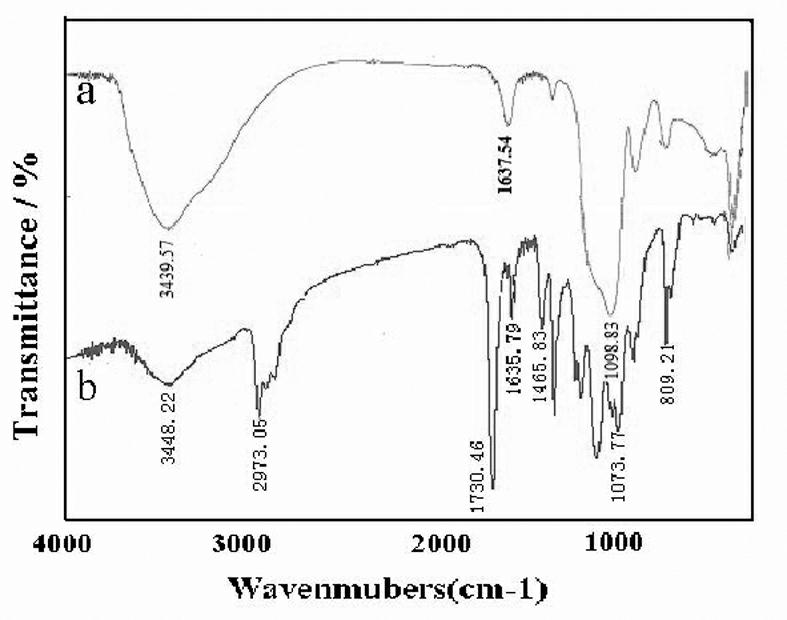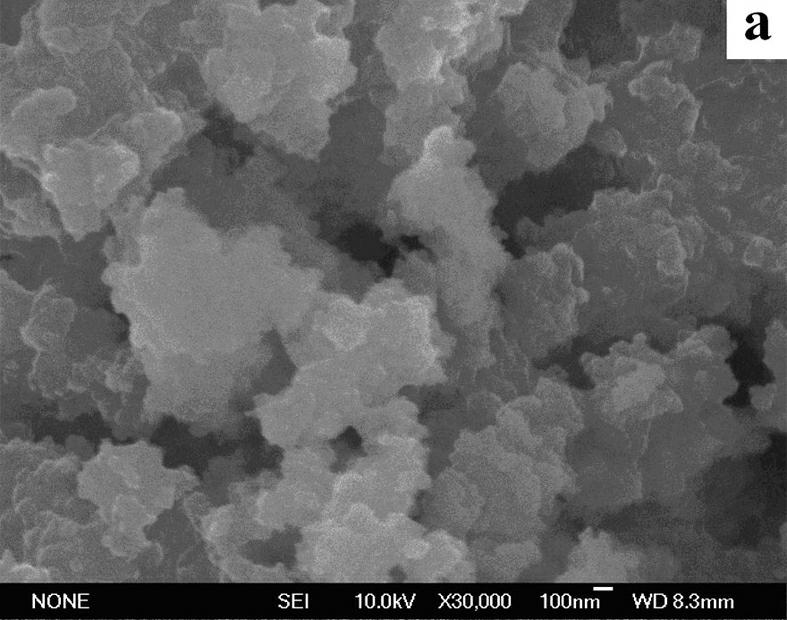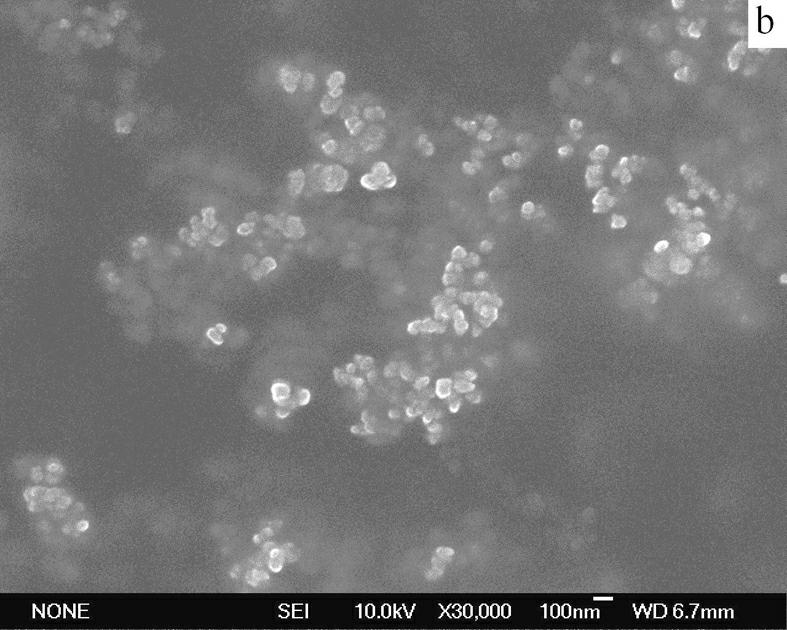Preparation method of ultraviolet-curable organic-inorganic hybrid material
A hybrid material and ultraviolet light technology, applied in the direction of coating, etc., can solve the problems of low grafting rate, limited addition amount, limited compatibility improvement, etc., and achieve simple synthesis process, improved solubility, and good transparency Effect
- Summary
- Abstract
- Description
- Claims
- Application Information
AI Technical Summary
Problems solved by technology
Method used
Image
Examples
Embodiment 1
[0023] Add 73g of tripropylene glycol diacrylate into a 250mL four-necked flask equipped with a thermometer, a stirrer, and a dropper, stir rapidly, and add the coupling agent γ-aminopropyltriethoxysilane dropwise under ice-water bath conditions. (KH550) 27g, the dropwise addition was completed in 90 minutes, and the temperature was raised to 25°C for 12 hours.
[0024] After measuring the amine value of the reaction solution to 30 mgKOH / g, add 4 g of nano-silica, 30 mL of ethanol, and 4 mL of distilled water, adjust the pH of the system to 6.5 with 0.1 mol / L formic acid, and raise the temperature to 50 ° C for 8 hours. The reactant was washed with acetone, suction filtered and dried to obtain the product.
[0025] Take a small amount of the product and grind it with KBr, and put it into a tablet machine for tableting after the grinding is uniform. KBr pellets of nano-silica before modification were also prepared. The infrared spectra of the two samples were measured separat...
Embodiment 2
[0036] In a 250mL four-necked flask equipped with a thermometer, a stirrer, and a dropper, add 62g of trimethylolpropane triacrylate, stir rapidly, and add the coupling agent γ-aminopropyl triethoxy dropwise under ice-water bath conditions. 38g of silane was added dropwise in 90 minutes, and the reaction was carried out at a constant temperature of 25°C for 15 hours.
[0037] After the measured amine value reaches 35mgKOH / g, add 3.6g nano-silica, 20mL ethanol, 4.3mL distilled water, add 0.1mol / L acetic acid to adjust the pH to 6.5, and react at 55°C for 9h. After washing with acetone, suction filtration and drying, the product was obtained.
[0038] Through scanning electron microscopy and thermogravimetric (TG) curve analysis, the average particle size of the hybrid material was measured to be 150nm, and the grafting rate was 35.72%.
Embodiment 3
[0040] In a 250mL four-neck flask equipped with a thermometer, a stirrer, and a dropper, add 67g of hexanediol diacrylate, stir rapidly, and add the coupling agent γ-aminopropyltriethoxysilane dropwise under ice-water bath conditions. 33g, the dropwise addition was completed in 90 minutes, and the reaction was carried out at a constant temperature of 25°C for 20 hours.
[0041] After the measured amine value reaches 40mgKOH / g, add 4.5g nano-silica, 20mL ethanol, 8mL distilled water, add 0.1mol / L formic acid to adjust the pH to 6.5, and react at 60°C for 10h. After washing with acetone, suction filtration and drying, the product was obtained.
[0042] Through scanning electron microscopy and thermogravimetric (TG) curve analysis, the average particle size of the hybrid material was measured to be 230nm, and the grafting rate was 52.18%.
[0043] Table 1 shows the effect of adding different amounts of the organic-inorganic hybrid material of Example 3 on the hardness and wear r...
PUM
| Property | Measurement | Unit |
|---|---|---|
| particle diameter | aaaaa | aaaaa |
| particle diameter | aaaaa | aaaaa |
| particle size | aaaaa | aaaaa |
Abstract
Description
Claims
Application Information
 Login to View More
Login to View More - R&D
- Intellectual Property
- Life Sciences
- Materials
- Tech Scout
- Unparalleled Data Quality
- Higher Quality Content
- 60% Fewer Hallucinations
Browse by: Latest US Patents, China's latest patents, Technical Efficacy Thesaurus, Application Domain, Technology Topic, Popular Technical Reports.
© 2025 PatSnap. All rights reserved.Legal|Privacy policy|Modern Slavery Act Transparency Statement|Sitemap|About US| Contact US: help@patsnap.com



